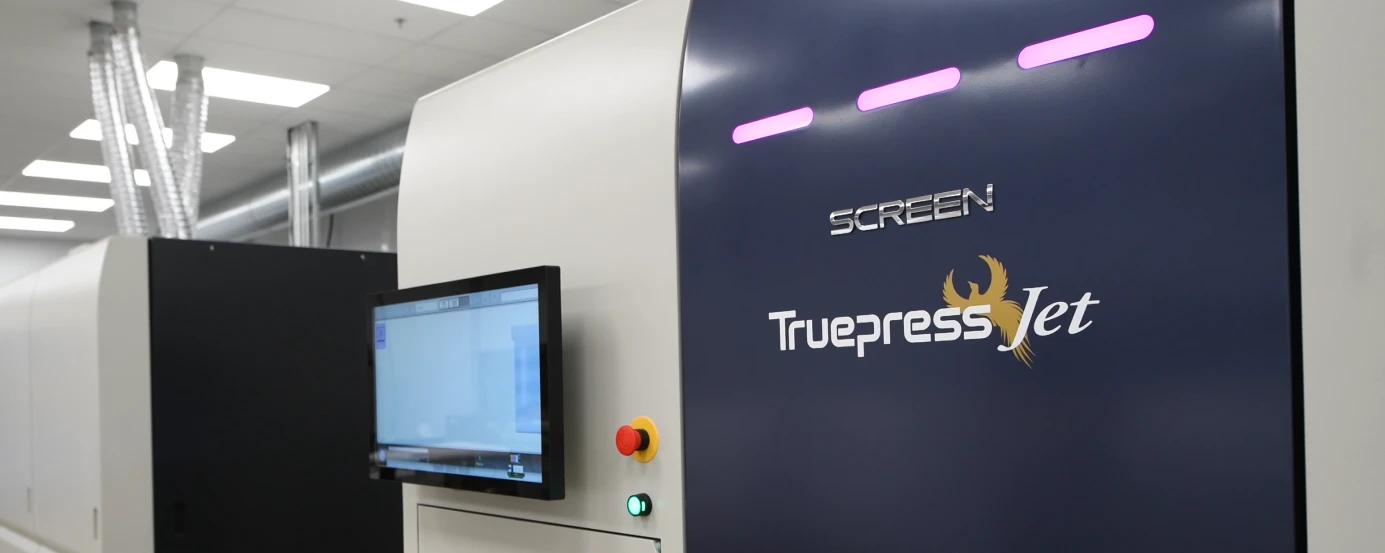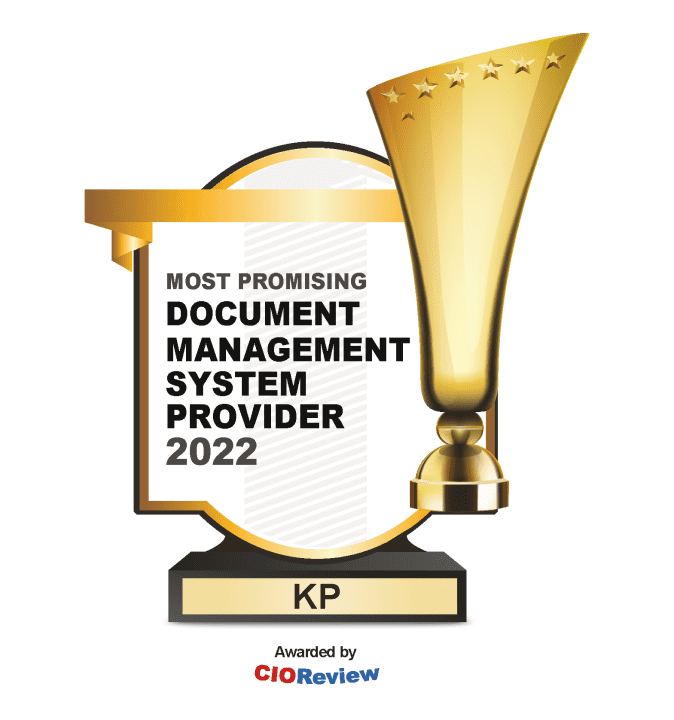BUSINESS PROBLEM/ CHALLENGE
A large, US-based medical device manufacturer with annual sales above 20 billion dollars has several manufacturing locations throughout the US, Mexico, and other international markets. Most research and development is based in the US, with specialty and high-volume production runs routed to many North American manufacturing plants.
KP Corporation provides inspected and quality-assured printed products to a majority of the medical device manufacturer’s Mexico locations. All of the device manufacturing locations in Mexico are expanding their production capabilities to twice their current capacity. These manufacturing sites have limited real estate for this expansion, which means there are no plans for expanding their warehouse space. The device manufacturer challenged its key strategic suppliers to come up with solutions for this warehouse situation while keeping up with the growing demands of their operations.
SOLUTION
KP embraced this challenge and began exploring options for warehousing the printed products that are produced for the device manufacturer closer to Mexico. We initially identified freight forwarders with warehousing capabilities, but soon realized that these options had their limitations. KP would be operating two warehouse management systems and many of the warehousing companies were not willing to meet the device manufacturer’s regulatory requirements of managing and tracking materials.
With a solution goal of mitigating customer risk and providing a scalable inventory and delivery model, a decision was made to design a new warehouse/distribution location in Texas, minutes from the US/Mexico border. KP created a robust inventory replenishment model that ensures that the customer’s printed products are always available. Product demand data is shared weekly with KP, and both organizations have collaborated to make this an automated process. The medical device manufacturer also provides KP with annual forecast projections to establish minimal inventory levels and firm pricing.
RESULTS
The KP inventory replenishment solution has been very successful in spite of unprecedented supply chain disruption and impact—demand and production schedules have been dynamic and require an agile response model. KP Corp makes daily deliveries of materials and is within 15 minutes of the device manufacturer cross-dock that forwards the printed product into Mexico. This flexibility allows the device manufacturer to pull their material on a just-in-time basis.
The medical device manufacturer is extremely pleased with the KP facility and embraces the ability to have quick access to its printed materials. We have also developed in-line manufacturing camera systems that inspect 100% of the printed material it provides to the device manufacturer. This inspection system ensures that the printed materials from KP are always in compliance. KP’s printed products are received into the medical device manufacturer’s production lines at a “reduced” inspection level, which has had a significant impact in the reduction in time-to-market of their finished medical products.







